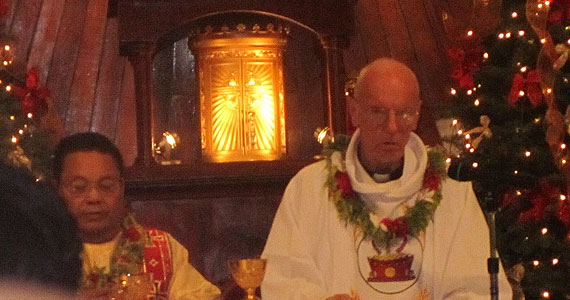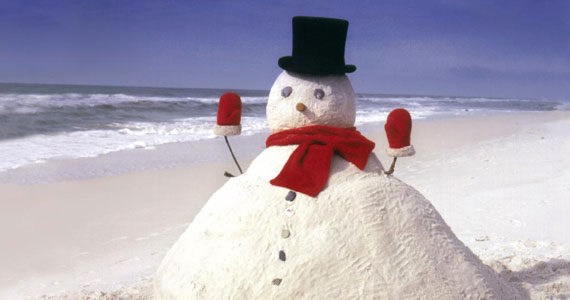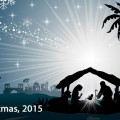Christmas on Guam
After all those years in Micronesia, I fancied myself an old hand in Christmas devotions: incensing the manager scene in church, and especially presenting the infant to people after mass for them to venerate.? But never anywhere have I seen this as often as I have during the past week. In Pohnpei and Chuuk, we honored the old Spanish practice of presenting the image of the infant Jesus to those who attended the Christmas masses.? People would come up in long lines to kiss the infant after mass, leaving an offering in the basket nearby if they were so moved.? But this island has taken the veneration to a whole new level.? In one church I counted eleven statues of the baby Jesus be used at different places in the church. Then, too, the devotion is practiced not just on Christmas, but at the end of every mass throughout the whole Christmas season. In addition, the image of the Child Jesus is brought around to the homes of parishioners, as it is in the Philippines, but this is done on every feast day through the Christmas season. It?s clear that I still have a lot to learn about seasonal devotions in the Pacific.
Christmas was blessed here in so many ways. On Christmas eve, after celebrating a 6 PM mass here at the cathedral (an ?almost midnight mass,? I called it), I drove to another village to do an even closer-to-midnight mass for many of the Chuukese on island. The church was packed with people who were largely dressed in white shirts and white dresses. It was easy to get swept up into the Christmas celebration because the joy of the congregation was palpable and the music was nothing short of wonderful. For once, the words came easily in Chuukese as I spoke of other Christmases in the past and what they have brought us.? It was an experience that I wished would never end.
Christmas day was more down to earth, maybe because of all the masses.? After an 11:30 AM mass here at the cathedral, it was off to a northern village for a mass in Chuukese where the singing was every bit as good as the evening before but my homily?wasn’t?? Blame it on the time of the day or the crowded church or the number of kids in the congregation… or even on me, if you must. Just the same, spirits were high as we were all treated to the battle of the choirs. The congregation was divided into five or six different choirs, with each of them assigned certain parts of the mass or hymns during the liturgy. The music was varied but all the singing was loud and lusty. Whatever else Chuukese may be credited or blamed for, the people clearly can compose music and sing.? And they can surely take delight in a celebration, as I witnessed again on Christmas.
The last stop was at the far northern end of the island where about a hundred Pohnpeians gathered to celebrate the Christmas liturgy.? The Pohnpeians?didn’t?have the numbers or the practice time to compete with Chuukese hymnody, and the liturgy was much more subdued than the previous ones, but it was a fitting end to a busy but blessed day. To be able to circulate after the mass and ask about families I know brings a satisfying sense of continuity with the past. That I certainly need, just as we all do.
I wish that I could capture the spirit of the day for you just as gifts of acorns bring us the scent of winter. Words will have to do. ?They bring you my best wishes for a Christmas that reaches into the New Year and well beyond.





